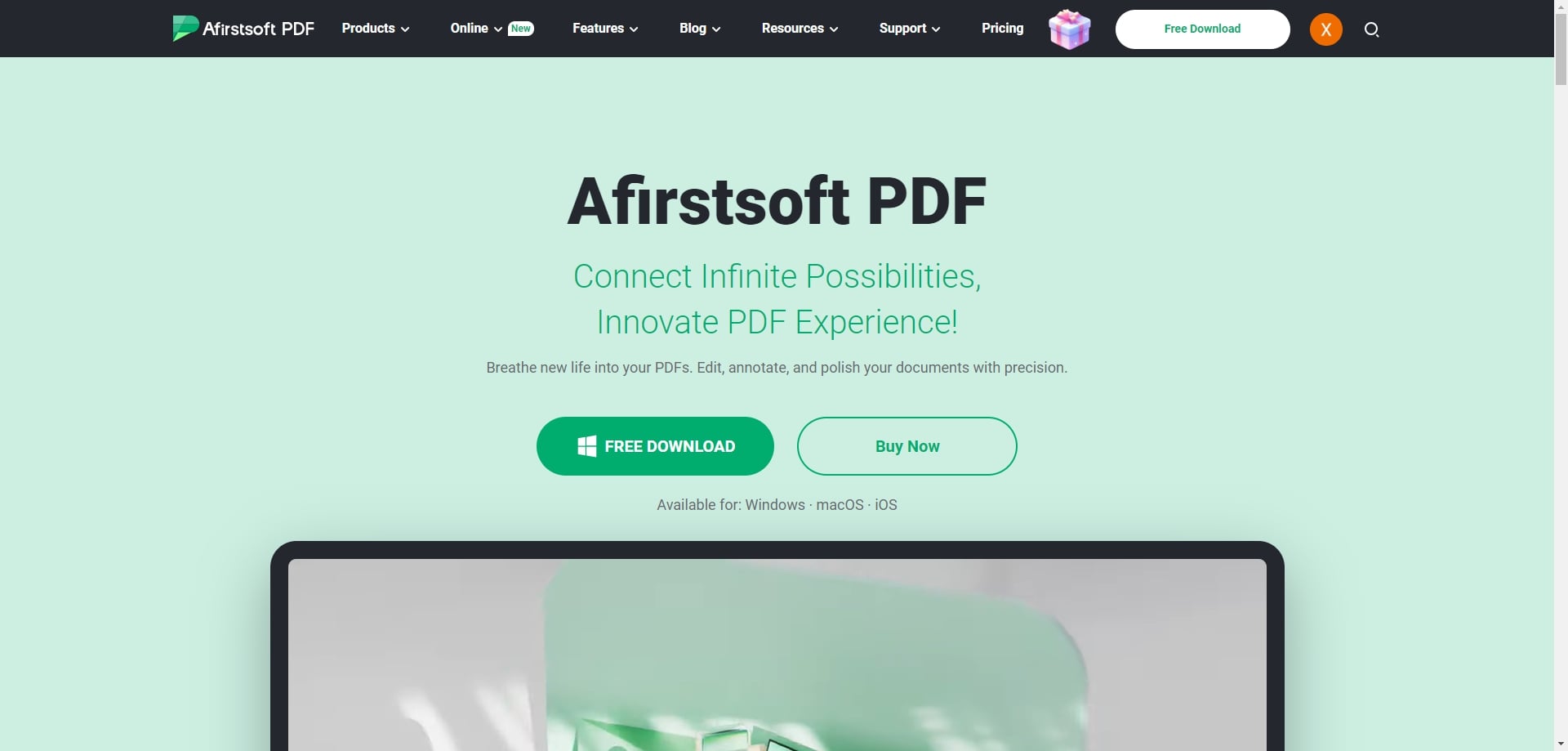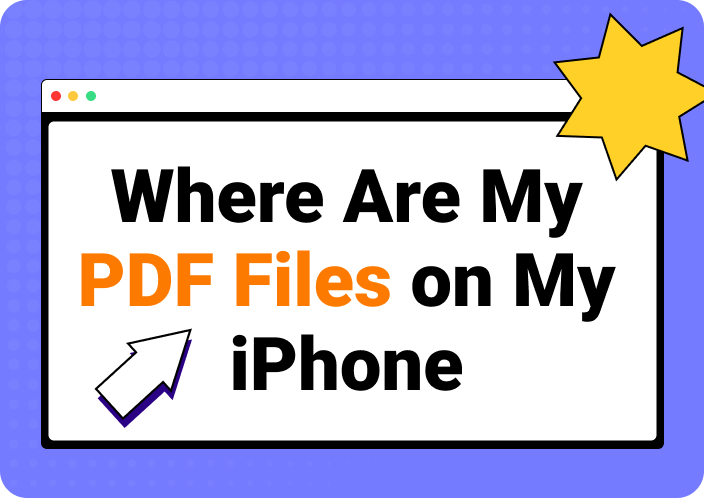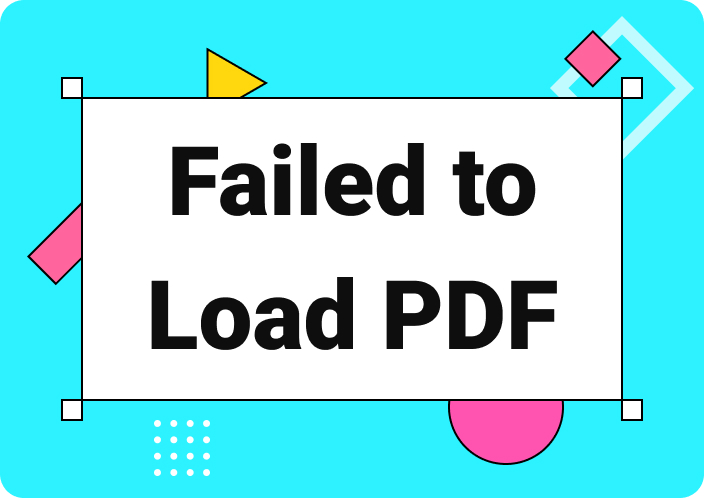In various businesses and administrative industries, the legal paper size is commonly used for documentation purposes. These papers are also used by lawyers as they are slightly bigger than letter-sized paper. Moreover, companies use legal size paper dimensions for detailed policy documents.
Overall, a legal paper offers extensive use as it records more information and ensures effective communication. Various government organizations use this paper to maintain a consistent and compatible worksheet. In this article, we will explore its uses, dimensions, and differences between other paper sizes.
- 100% secure
- 100% secure
- 100% secure
Part 1. What is Legal Paper Size?
A standard legal paper size is mainly used in the United States and other regions of the world as a professional paper. People who use standard or letter-size paper are unable to fill in large amounts of data on them. Therefore, lawyers, government administrators, and big companies use this paper size to record detailed documents on a single page.
Although a legal page size requires special printers to print such detailed and comprehensive documentation. Despite the paper size, it provides clear and extensive records of legal and administrative rights, text, and signatures.
Part 2. What are Legal Paper Dimensions in the U.S. and Other Regions
The dimensions of legal paper ensure that these documents stay compatible with printers and copiers so that the exact length of the paper can be extracted. However, other than the United States, other countries use different legal paper dimensions. Read the following answers to find out more about the dimensions of a legal paper:
United States and Canada:
- Legal Size: 8.5 x 14 inches (216 x 356 mm)
Europe and International (ISO standard):
The ISO standard does not have a direct equivalent to the US Legal size, but the closest is:
- A4 Size: 210 x 297 mm (8.27 x 11.69 inches)
- A3 Size: 297 x 420 mm (11.69 x 16.54 inches)
United Kingdom:
The UK generally uses the A4 size for most documents, but there are also variations:
- A4 Size: 210 x 297 mm (8.27 x 11.69 inches)
- Foolscap: 215 x 330 mm (8.5 x 13 inches), which is somewhat similar to the Legal size but slightly different in dimensions.
Australia:
- A4 Size: 210 x 297 mm (8.27 x 11.69 inches)
- Legal Size: 216 x 356 mm (8.5 x 14 inches), which is the same as in the US but less commonly used.
Japan:
- A4 Size: 210 x 297 mm (8.27 x 11.69 inches)
- B5 Size: 182 x 257 mm (7.17 x 10.12 inches)
- Japanese Legal Size: 216 x 330 mm (8.5 x 13 inches), similar to Foolscap.
- 100% secure
- 100% secure
- 100% secure
Part 3. Legal Page Size vs. Letter Size
There is a notable difference between legal-size paper and letter paper. Therefore, in the following table, we explain the major differences between these two paper sizes:
|
Features |
Legal Paper Size |
Letter Paper Size |
|
Dimensions |
8.5 x 14 inch (21.59 x 35.56 cm) |
8.5 x 11 inch (21.59 x 27.94 cm) |
|
Uses of Paper |
Used for legal documents, contracts, court draft fillings |
Used for memos, general documentation, reports |
|
Printing Compatibility |
Printer with legal-size tray |
Standard printer |
|
Standardized in Countries |
United States |
Globally used |
|
Storage Requirement |
Requires larger folders |
Standard sized folders |
Part 4. Legal Paper Size vs. A4 Size
The following table highlights the differences between a legal page size and an A4 size paper. This way, you choose the most suitable paper while considering its advantages and disadvantages.
|
Features |
A4 Paper Size |
Legal Paper Size |
|
Dimensions |
8.27 x 11.69 inches |
8.5 x 14 inches |
|
Advantages |
● Easy source of information supply ● Sufficient space for regular content ● Internationally recognized paper |
● More space for detailed content ● Show consistency with legal documents ● Help differentiate legal paperwork from others |
|
Disadvantages |
● Cramped space for extensive text ● Doesn’t align with a US-based system ● No distinct visual differentiation |
● Difficult to find outside the United States ● Compatibility issues like adjustments and resizing ● Overly large documents result in unnecessary blank spaces |
|
Orientation |
Portrait and landscape orientation |
Portrait orientation |
|
Widely Used For |
Letters, academic papers, and general documents |
Contacts, court filings, and government documents |
|
Availability |
Available worldwide |
Only in the United States |
- 100% secure
- 100% secure
- 100% secure
Part 5. Why Use Legal Paper Size?
Using a legal paper-sized document has various benefits as it contributes to recording valuable data in different industrial fields. Read the following points to get a better understanding of the usage of a legal-size paper:
- Business Agreement Contracts: Legal page sizepapers play a crucial role in business as agreement contracts documents. This size paper provides a thorough outline of the documentation process while recording terms, obligations, and signatures. They also ensure the professionalism and effectiveness of the contract in the business industry.
- Legal Government Documents: In a courtroom, every minor detail and phrase must be recorded precisely. It is so that legal documentation like court filing and affidavits display clarity and readability of the legal document.
- Internal Presentation Reports: Every organization keeps a track record of every business report, presentation, and memo on legal paper size. This paper size is mainly used as it can record every detail and analysis of these documents. Moreover, it can communicate comprehensive information throughout the company.
- Academic Paper Documentation: Academic papers include exam sheets, handouts, and student reports written on legal paper size. These papers are mostly used to write everything on a single page to avoid confusion.
Part 6. Why is PDF Format Important to Legal Paper?
PDFs keep your file accessible and secure, which is vital for handling sensitive legal information. So, using a PDF format for legal-size paper is a reliable and secure method. The following are other important points on why PDF format is essential to legal papers:
- Compatibility with Printing: PDF documents are universally viewed as compatible with any printing method on any device. Therefore, it makes it easy if you want to print out a legal PDF document on a legal page size.
- Legal Accessibility: Any legal or sensitive information is completely safe in PDF form, as PDF documents are hard to edit or print. You can also use the password-protection feature of the Afirstsoft PDF editor to avoid data theft.
- Format Preservation: A PDF preserves legal documentation in its original font, image, alignment, and more. Therefore, printing such documents won't change the entire formatting, keeping it legitimate and precise.
- Readable Quality: You want to keep your legal documents readable for years to come, and PDF helps achieve that quality. For this purpose, the Afirstsoft PDF editor includes various reading features that maintain the document's readability.
Best PDF Editor for Legal Industry
In today's digital age, selecting the right tools for handling legal documents is crucial. We highly recommend Afirstsoft PDF, a powerful toolbox specifically designed for legal professionals. This software offers a comprehensive set of features, including editing, converting, annotating, printing, and organizing legal documents, but also leverages AI capabilities for summarizing and translating legal PDF documents, all of which cater to various needs within the legal field.

- 100% secure
- 100% secure
- 100% secure
Key Features:
1. PDF Viewing
- Detailed Navigation: Use zoom and page thumbnail options to navigate complex legal documents easily. This helps in reviewing lengthy contracts or legal briefs more efficiently.
- Search Functionality: Quickly find specific legal terms, clauses, or references within large legal documents using the search tool.
2. PDF Editing
- Text Editing: Modify legal text directly in the PDF to correct typos or update legal language without altering the document's formatting.
- Image and Graphics Editing: Adjust or replace images, such as signatures or logos, which might be part of legal forms or agreements.
3. PDF Conversion
- Convert to/from Word/Excel: Transform PDFs into editable Word or Excel documents for easier drafting, reviewing, or revising legal texts. Conversely, convert Word or Excel files into PDFs for standardized legal documentation.
- Maintain Formatting: Ensure that conversions preserve the formatting essential for legal documents, such as headings, numbering, and layout.
4. Annotation and Markup
- Highlighting and Commenting: Add annotations to highlight key legal terms, clauses, or areas that require further review or negotiation. Comments can be used to make notes or suggestions for revisions.
- Drawing and Shapes: Use shapes or arrows to emphasize specific sections or points within legal documents during collaboration.
5. Security Features
- Password Protection: Secure sensitive legal documents with passwords to prevent unauthorized access.
- Permissions: Set restrictions on printing, copying, or editing to protect the integrity of the legal document.
- Digital Signatures: Add digital signatures to authenticate and finalize legal documents, ensuring that they are legally binding and verified.
6. OCR (Optical Character Recognition)
- Convert Scanned Documents: Transform scanned legal documents or images into editable and searchable textthrough OCR, making it easier to extract and work with legal content.
- Accuracy and Searchability: Ensure that the text is accurately recognized for reliable searching and editing.
By storing legal documents in PDF format, users can ensure the security and consistency of their files while fully leveraging the advantages provided by Afirstsoft PDF. Whether you are drafting contracts or managing legal records, Afirstsoft PDF is the ideal solution to enhance efficiency and simplify the complexities often associated with legal document processing.
Click the button below to download Afirstsoft PDF and enhance your PDF experience.
- 100% secure
- 100% secure
- 100% secure
Part 7. FAQs
1. What is Legal Size Paper?
Legal size paper refers to a specific paper dimension commonly used in the United States and some other countries for legal documents. It is slightly longer than the standard letter size paper.
2. What are the Dimensions of Legal Size Paper?
- In Inches: 8.5 x 14 inches
- In Centimeters: 21.6 x 35.6 cm
- In Pixels: The pixel dimensions depend on the resolution (DPI). For a standard 300 DPI resolution, it would be approximately 2550 x 4200 pixels.
3. What is Legal Size Paper in Landscape Orientation?
In landscape orientation, legal size paper measures 14 inches wide by 8.5 inches tall (35.6 cm by 21.6 cm). This orientation is often used for documents requiring a wider layout.
4. What is Legal Bond Paper?
Legal bond paper refers to bond paper that conforms to the legal size dimension of 8.5 x 14 inches (21.6 x 35.6 cm). It is used for legal documents and is valued for its quality and sturdiness.
5. Is A4 Paper Size the Same as Legal Size?
No, A4 paper size is not the same as legal size. A4 paper measures 210 x 297 mm (8.27 x 11.69 inches), which is shorter and narrower than legal size paper. Legal size paper measures 8.5 x 14 inches (21.6 x 35.6 cm).
6. What is Coupon Size Paper and Can it Work as Legal Paper?
Coupon size paper is typically used for printing coupons and promotional materials. The standard dimensions can vary but are often around 2 x 6 inches (5.08 x 15.24 cm). Coupon size paper is not suitable for legal documents due to its smaller dimensions, which do not meet the standard size requirements for legal paperwork.
- 100% secure
- 100% secure
- 100% secure
Conclusion
In this article, we have conveyed the significance of legal page size and how it differs in United States and other countries. Moreover, we looked at various differential tables between legal paper size and letter size and A4 size papers. We also discussed that legal-size paper is important because of its ability to retain a consistent format and readability in various industries.
Furthermore, we explored how a PDF format is important for legal documents and how you can manage or edit them using Afirstsoft PDF. This AI PDF editor contains all the basic and advanced features you will need for your daily tasks free of cost.

Emily Davis
Editor-in-Chief
Emily Davis is one of the staff editors of Afirstsoft PDF Editor team. She is a dedicated staff editor with a keen eye for detail and a passion for refining content.
View all Articles >




